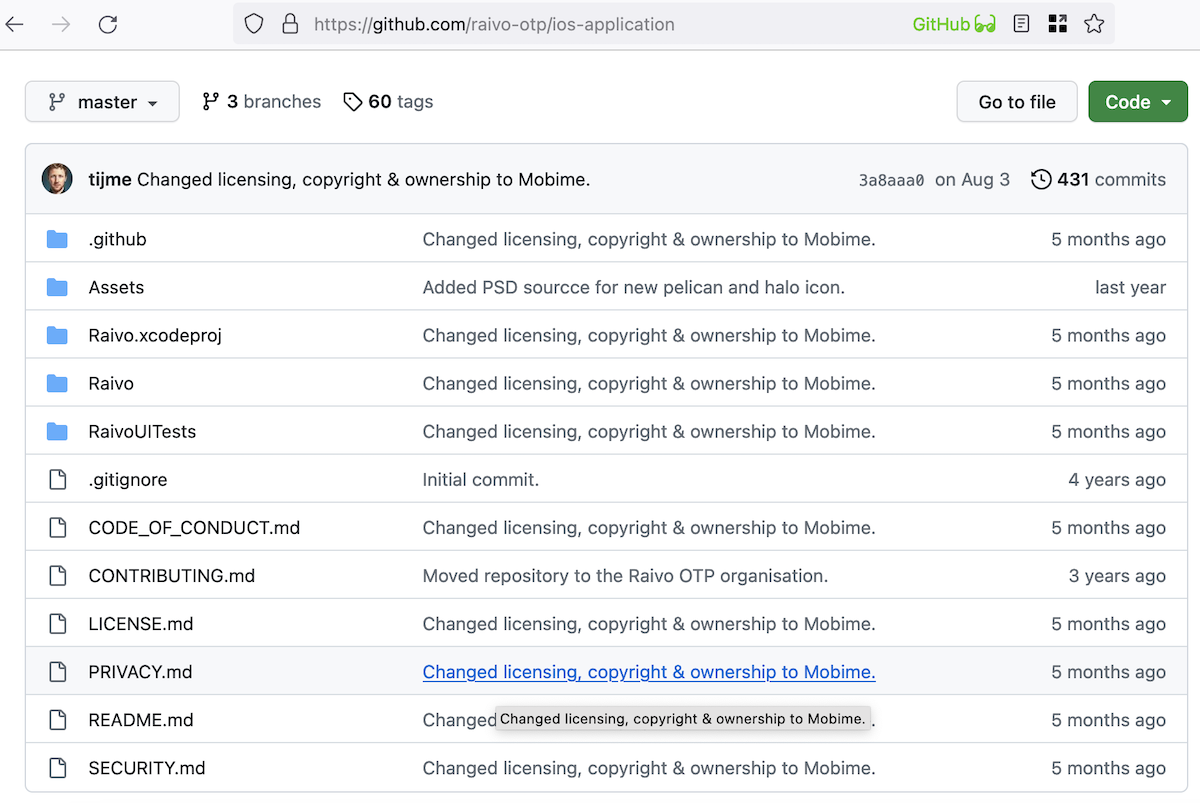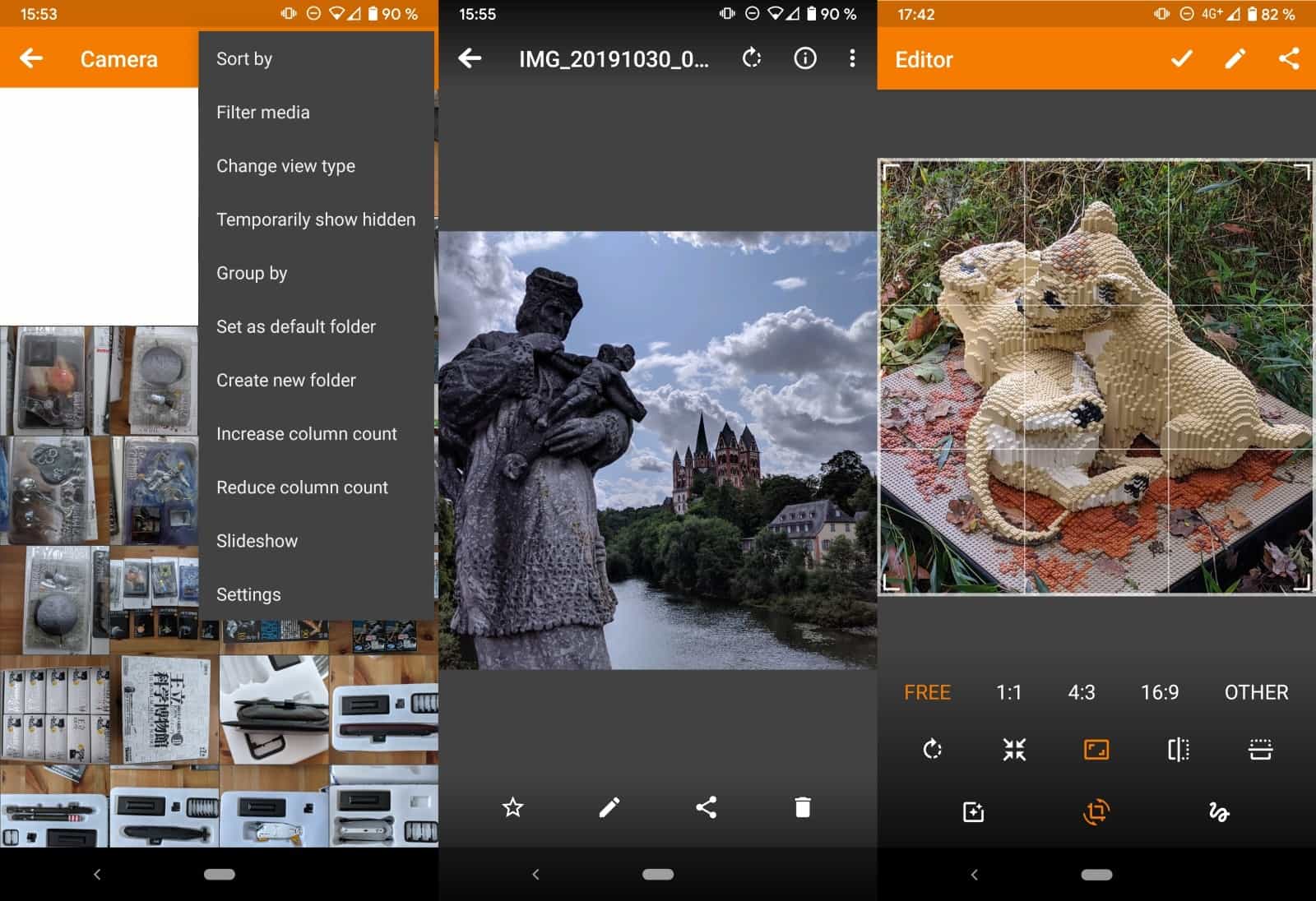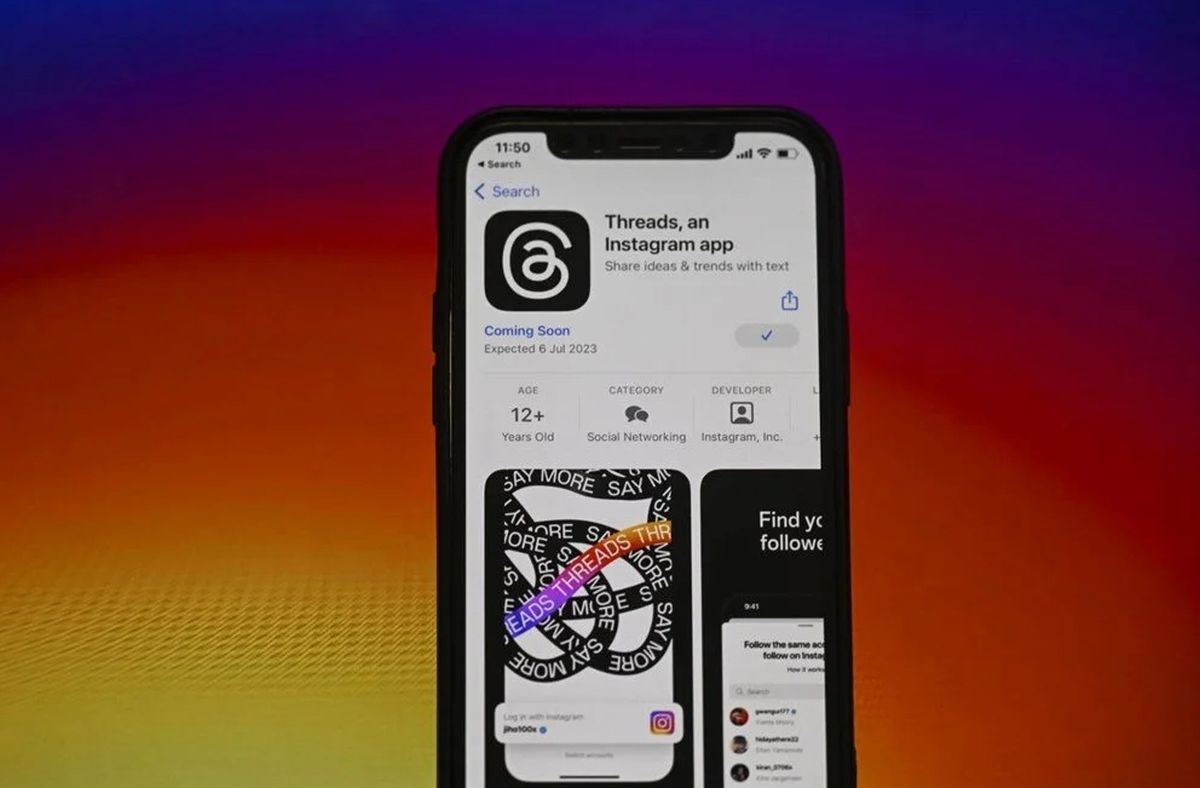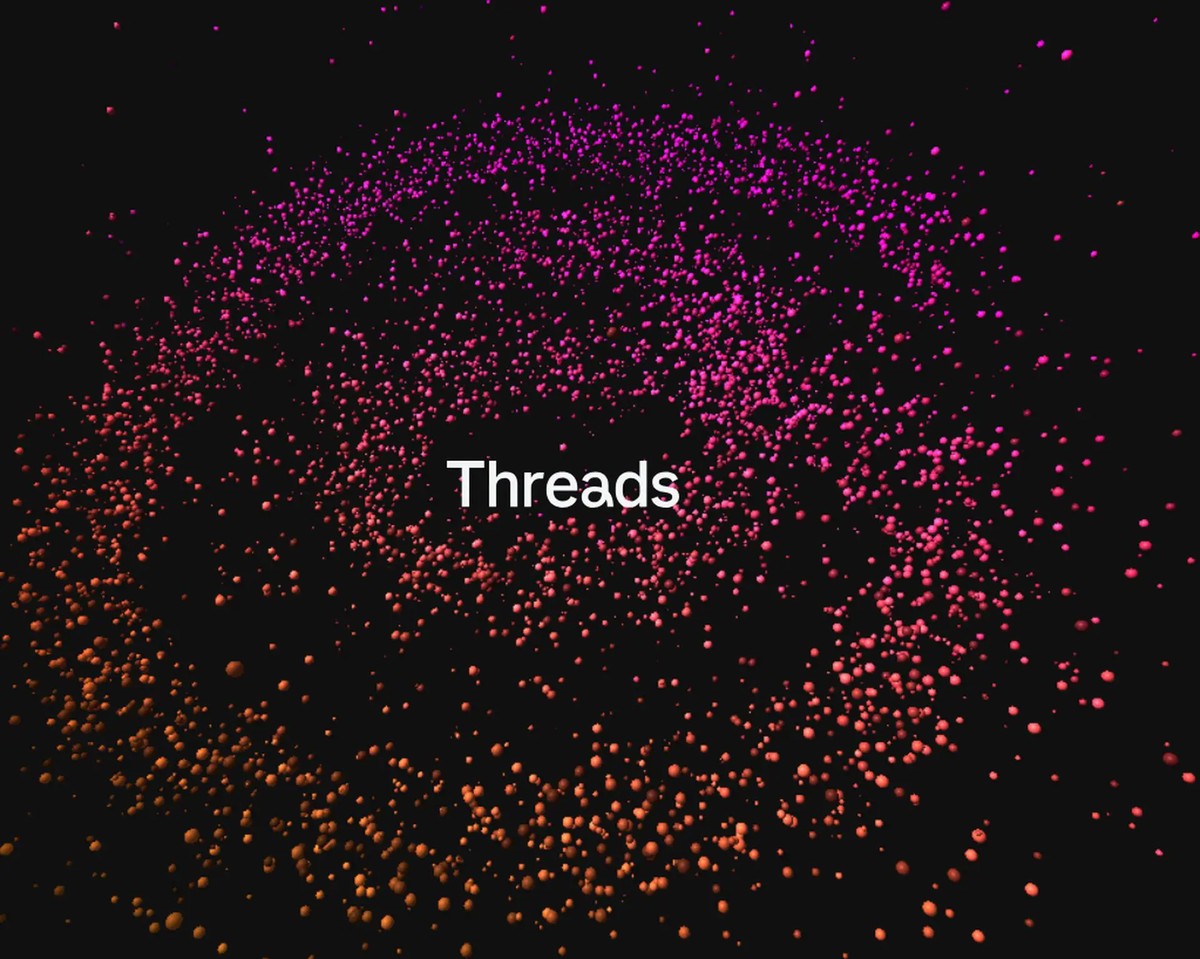Ready for hours of conversations with ChatGPT?

OpenAI has introduced a major update to its ChatGPT platform, making the voice feature available to all users for free. This significant enhancement allows users to interact with ChatGPT using their voice, a feature previously limited to paying subscribers.
The announcement of ChatGPT with voice, made on Twitter/X, also comes with a touch of humor, acknowledging the recent CEO drama within OpenAI.
Last week, Altman was fired by OpenAI's board, citing concerns about his communication transparency. Amidst this uncertainty, Microsoft CEO Satya Nadella extended an invitation to Altman and his team to initiate a new division within Microsoft.
Former OpenAI president Greg Brockman, who resigned in the aftermath of Altman's departure, has expressed enthusiasm about the new voice feature and indicated a willingness to return to OpenAI, and today he did.
ChatGPT Voice rolled out for all free users. Give it a try — totally changes the ChatGPT experience: https://t.co/DgzqLlDNYF
— Greg Brockman (@gdb) November 21, 2023
What is ChatGPT with voice?
OpenAI initially launched the ability to prompt ChatGPT with voice and images in September, reserving the feature for paying users. To further increase the capabilities of its popular chatbot, the organization has now made the voice feature accessible to all users without any additional cost.
Users can simply tap the headphones icon in the mobile app, enabling them to engage in spoken interactions with ChatGPT and receive audible responses.
The announcement of the free ChatGPT with voice feature is accompanied by a demo that humorously addresses the recent CEO drama at OpenAI. In the example, a user asks ChatGPT how many 16-inch pizzas should be ordered for 778 people, drawing a parallel to the approximate number of OpenAI employees.
Back to the topic, how to use ChatGPT with voice? Let us explain.
How to use ChatGPT with voice
Using ChatGPT with voice is a great way to have more natural and engaging conversations with the popular AI chatbot.
Here are two methods of how to use ChatGPT with voice:
Using the built-in voice feature (mobile app only)
- Open the ChatGPT mobile app and tap on the Settings icon
- Select "New Features" from the settings menu
- Toggle on the "Voice Conversations" feature
- Tap on the headphone icon located in the top-right corner of the home screen
- Choose your preferred voice out of five different voices
- Start talking to ChatGPT and it will respond back to you using the selected voice
Don't have the ChatGPT mobile app yet? Get it via the links below.

Using a third-party browser extension (Chrome and Edge only)
- Install the Voice Control for ChatGPT extension from the Chrome Web Store or Microsoft Edge Add-ons Store
- Open the ChatGPT website (chat.openai.com) and sign in to your account
- Click on the microphone button or press and hold the spacebar on your keyboard
- When prompted, grant the extension permission to use your microphone
- Start talking to ChatGPT and it will transcribe your speech into text and send it to the AI
- ChatGPT's responses will be read aloud to you using a text-to-speech engine
As OpenAI introduces the free voice feature for ChatGPT, the tech community witnesses a pivotal moment in the evolution of AI interfaces.
We would also like to thank Emmett Shear for spearheading the release of the ChatGPT with voice feature during his 72-hour long interim-CEO position.
Advertisement




















So you are posting PR Releases as news article with clickbait headline. Great. I wish I have saved post where somebody posted how to block all articles except from ones from Ghacks original writers.
Use adblocker with :has() or :has-text()
:has() is native in Chromium so, you can use the “href” ( = title) to select the topics you don’t want and the :has-text() to hide authors you don’t want. :has-text() is a procedural cosmetic so they are slower and heavier than the native has.
Example:
ghacks.net##a[class^=”home”]:is([class$=”posts”],[class$=”post”]):has(.home-intro-post-meta:has-text(Emre))
You can also include remove the :has() and add [href*=”openai”] and it will match any article with it in the link, like sometimes a title will not have the word but the link does.
I did it that way because I wanted to be cool and cover more without individual rules, as any cosmetics, people could do it in a more ‘simple way’ or different way and done. CSS selectors and pseudo classes are just whatever you want, especially in adblockers, the less nodes you select the faster, the less rules the better to maintain.
Seems like each title is always in a h3, with a text node, ghacks.net##a[class^=”home”]:is([class$=”posts”],[class$=”post”]):has(h3:has-text(ChatGPT))
You can also use Scriptlet Injection filters the uBlock/Brave and do the trick of removing an element based on text, remove text node… not meant for this but works, and since it uses regex you can do a lot with it and be more specified on on the text you will want to match.
It also has other options so it only removes the necessary or to keep it running in any document change or something. “condition, pattern”, “sedCount, n” “stay, 1” “quitAfter, ms” “log, 1” if you enable the option to do logging.
Anyway, it is used like this:
ghacks.net##+js(rmnt, a, AI)
ghacks.net##+js(rmnt, a, by Emre)
Or something like this, since it has the condition to be more specified in case an author doesn’t write stuff you care about.
ghacks.net##+js(rmnt, a, by Martin, condition, Bard)
This is only about nodes, is not like :has-text() so this will check all links to match the text. it wasn’t meant for this but oh well, it works, and better in a way, even if it is JS being injected by the Adblocker (so might be slower and noticeable in some pages).
It is not hard to go to uBlock or ABP or Adguard pages and learn their features anyway, adblockers can solve 99% of issues for sure.
find a regular like Tom Hawack on one of ashwin or martin’s post, and ask them, they will reply with this info. You’re welcome